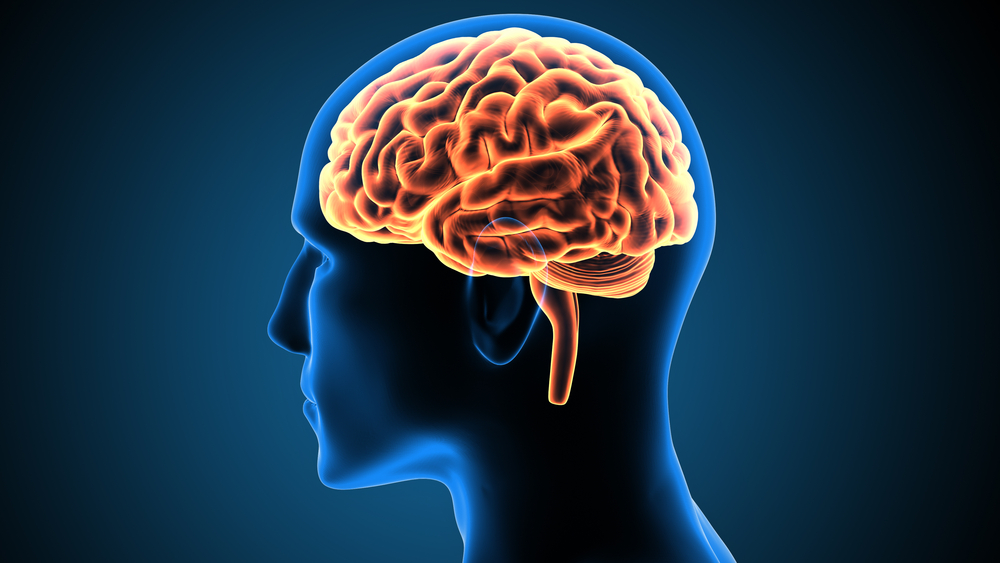Please visit disclaimer here
The human brain, often referred to as the most complex organ in the body, is a marvel of nature. It is the control center for virtually everything we think, feel, and do. From regulating our heartbeat and body temperature to enabling us to interpret and respond to complex information from our environment, the brain’s functions are diverse and intricate. This article will delve into the fascinating world of the human brain and how it functions.
The Basic Structure of the Brain
The human brain is divided into three main parts: the cerebrum, the cerebellum, and the brainstem. Each of these parts plays a crucial role in the functioning of the brain.
- The Cerebrum: This is the largest part of the brain, making up about 85% of the brain’s weight. It is divided into two hemispheres, each of which is further divided into four lobes: the frontal lobe, parietal lobe, occipital lobe, and temporal lobe. Each lobe is responsible for different functions. For example, the frontal lobe is associated with reasoning, planning, problem-solving, and voluntary movement, while the occipital lobe processes visual information.
- The Cerebellum: Located at the back of the brain, the cerebellum is responsible for coordinating voluntary movements, such as posture, balance, coordination, and speech, resulting in smooth and balanced muscular activity.
- The Brainstem: This part of the brain controls the flow of messages between the brain and the rest of the body, and it also controls basic body functions such as breathing, swallowing, heart rate, blood pressure, consciousness, and whether one is awake or sleepy.
Neurons: The Building Blocks of the Brain
The human brain consists of about 86 billion nerve cells or neurons. Neurons communicate with each other through an intricate network, forming the basis for all the brain’s functions. Each neuron consists of a cell body, dendrites, and an axon. Dendrites receive messages from other neurons, and axons send messages to other neurons. The point of communication between two neurons is called a synapse.
The Functioning of the Brain
The brain functions by receiving and processing information from the sensory organs, making sense of that information, and then sending instructions to the rest of the body. This process involves both electrical signals (nerve impulses) and chemical signals (neurotransmitters).
When you touch a hot stove, for example, sensory receptors in your skin send a message through sensory neurons to your brain. The brain processes this information and realizes that the stove is hot and could harm you. It then sends a message through motor neurons to your muscles, causing you to pull your hand away. All of this happens in a fraction of a second.
The brain also plays a crucial role in higher functions like thinking, learning, and memory. It processes and interprets information from our environment, allowing us to understand and interact with the world around us. It enables us to learn new things, form memories, and make decisions.
Conclusion
The human brain is a fascinating and complex organ, responsible for our most basic bodily functions as well as our most complex thoughts and actions. Its intricate structure and the way it processes and interprets information make it a marvel of nature. Understanding how the brain functions not only provides insight into our own behavior and abilities but also paves the way for treating neurological disorders and injuries. Despite the significant strides made in neuroscience, the brain still holds many mysteries that continue to captivate scientists and researchers around the world.
References:
https://nobaproject.com/modules/the-brain-and-nervous-system

No Responses